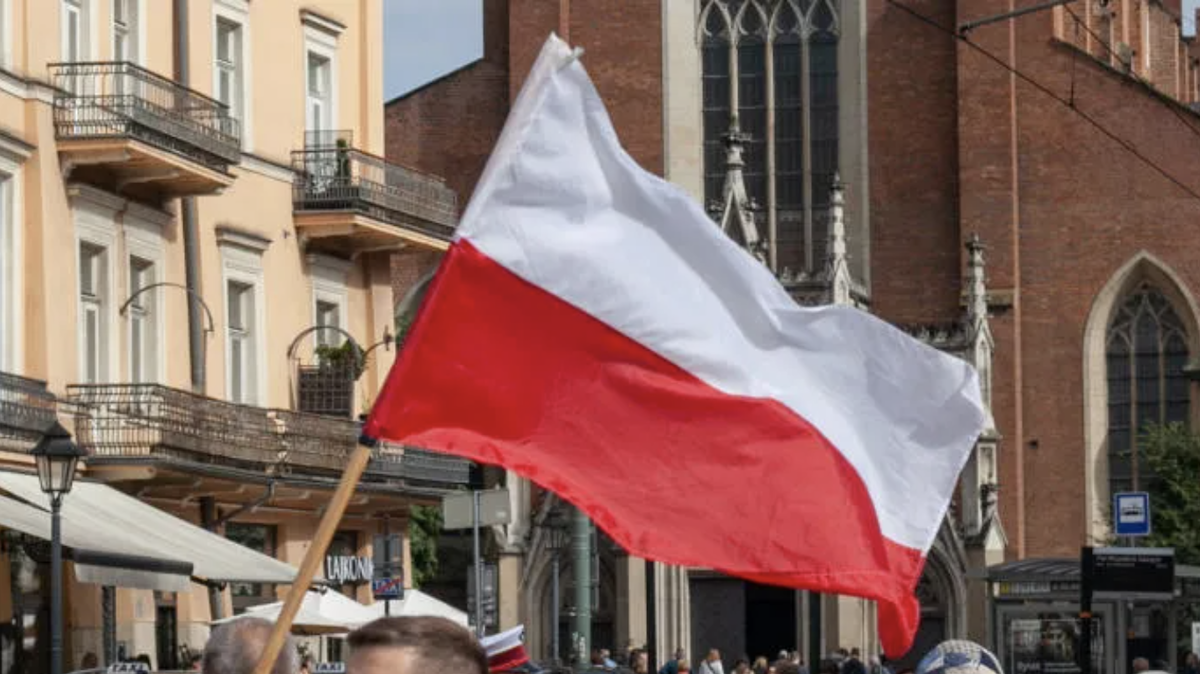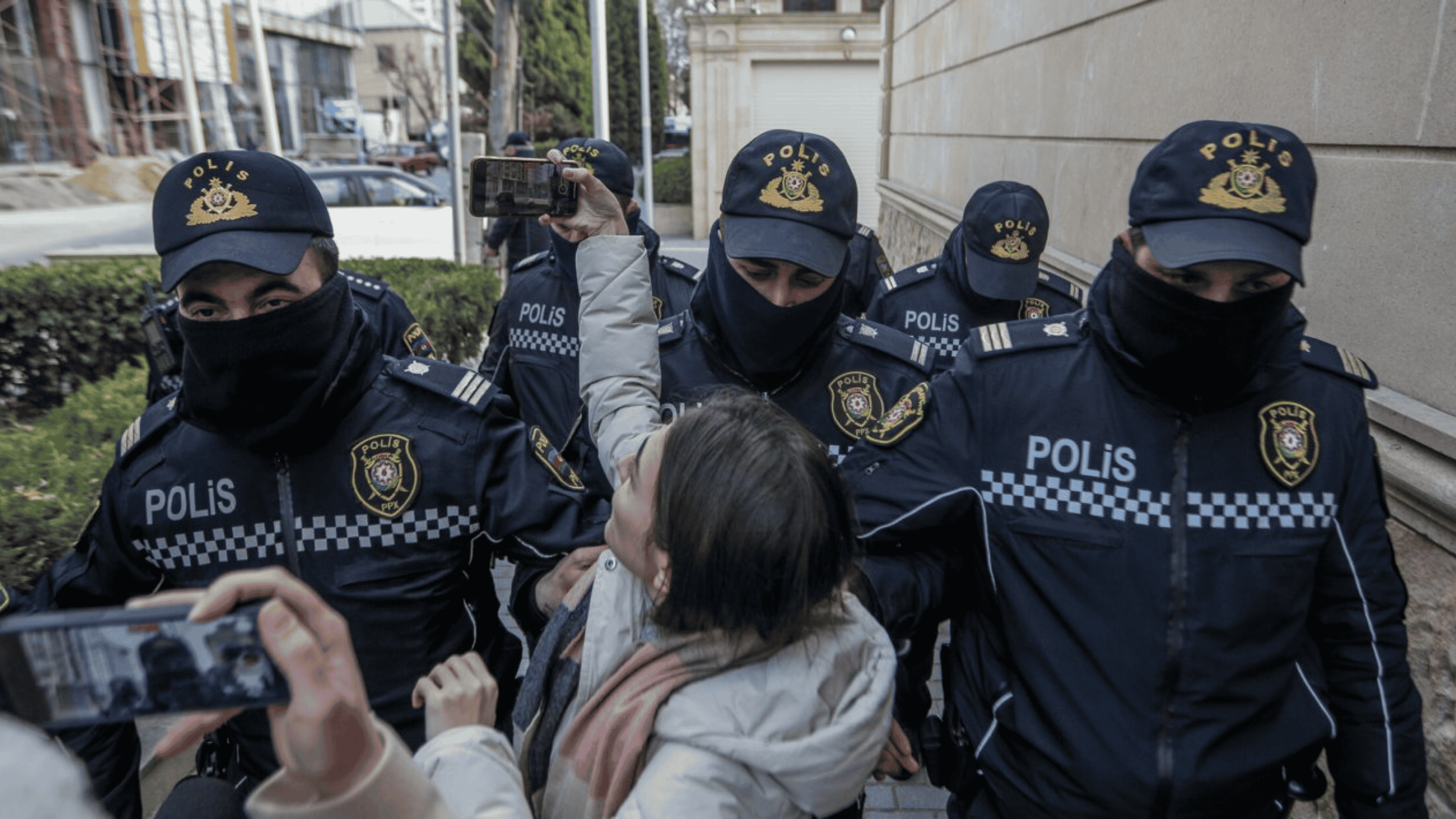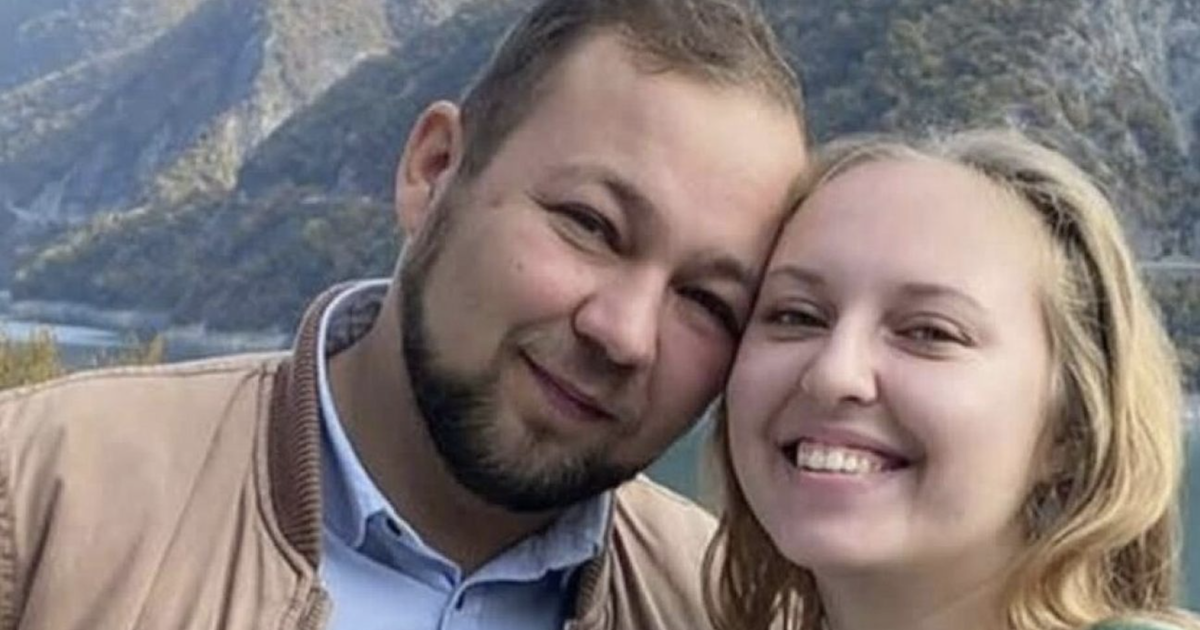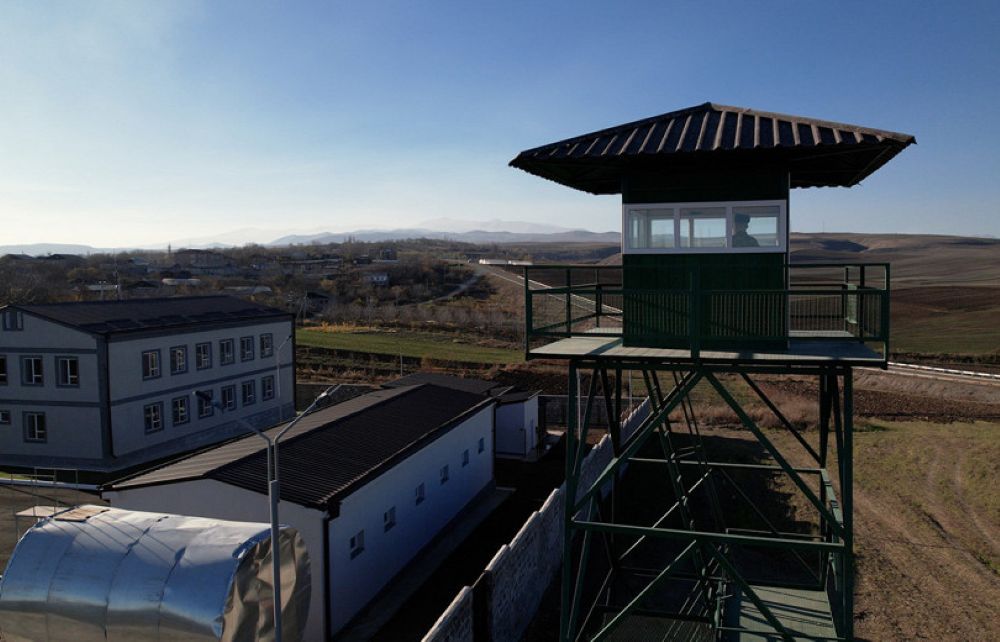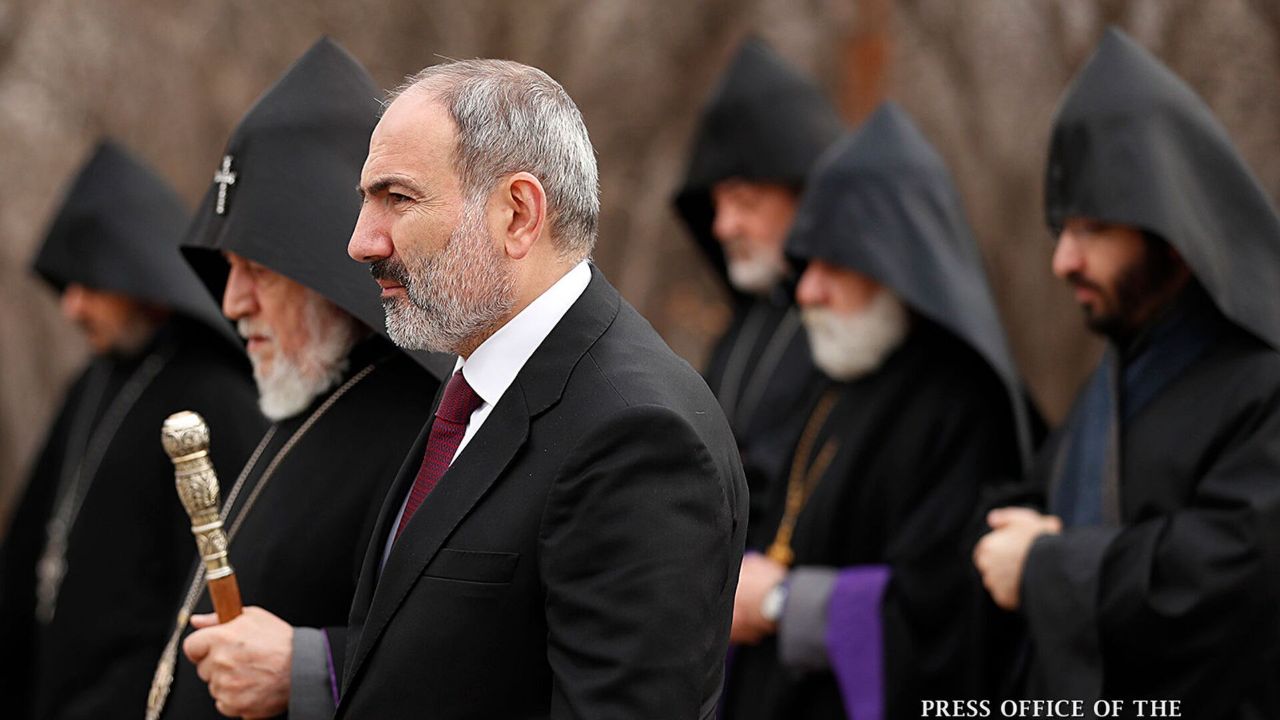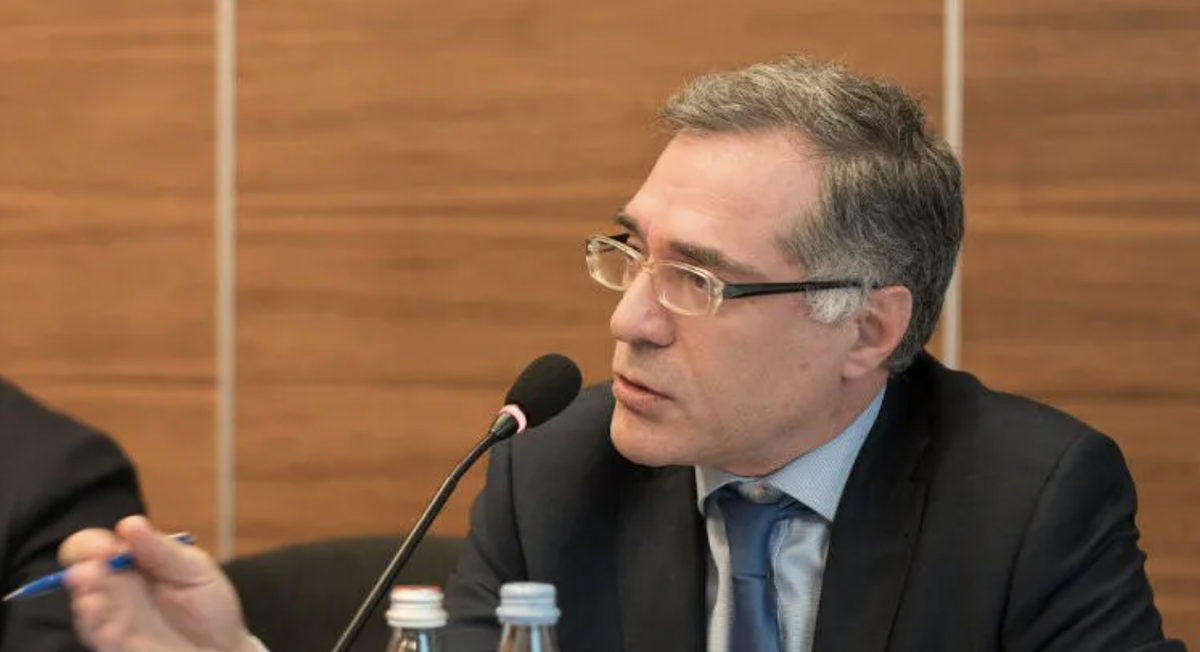Meat and butter prices skyrocket in Yerevan
Photo: Lucy Sargsyan, JAMnews
Over the past 10 days the retail prices for meat and butter in Yerevan-based grocery shops have soared. According to official data, the price of butter has increased by 30% and meat prices by between 20-30%, depending on its type.
No official explanations have been offered so far as to what caused the price spike. The State Committee on Protection of Economic Competitiveness was the only agency that responded, saying that the meat market was outside their jurisdiction. Meanwhile, traders in Yerevan complain that their sales have dropped significantly due to the price hikes.
Increase in meat prices in figures
According to the Armenian National Statistical Service, the following prices were reported in Yerevan in August this year:
- beef – AMD 2,100 (USD 4.40) per kg,
- lamb – AMD 2,200 (USD 4.60) per kg,
- pork- about AMD 2,600 (USD 5.40) per kg.
Meat prices have increased starting from the end of September:
- beef – by AMD 300-400 ( USD 0.60-0.80) per kg,
- lamb – by AMD500-600 (USD 1-1.20) per kg,
- pork – by AMD800-1000 (USD 1.60-2) per kg.
Butter price increase in figures
A few months ago, a brick of butter (200-250g) sold for AMD 750-800 (USD 1.50-1.60), whereas it now costs AMD 980-1,000 (USD 2-2.10). The price of high-quality butter, sold by weight, has increased by almost AMD 1,400 (about USD 3), from AMD 2,800 (USD 5.80) to AMD 4,200 (USD 8.80).
“The reasons for the price increases hasn’t been determined yet, but we are going to consider this issue,” Khosrov Harutyunyan, a member of the Armenian National Assembly, ex-Premier of Armenia and former Chair of the Standing Committee on Economic Issues told JAMnews.
He noted that the markets for those products aren’t monopolized, so the rise in prices can’t be attributed to any of the oligarchs. He named several possible reasons for the price hike, which, in his words, still need to be verified and confirmed.
“Perhaps the number of consumers has increased and the demand has grown, resulting in a consequent increase in prices. I assume that manufacturers are exporting goods abroad. Consequently, there are low volumes of goods left on the domestic market. So, the prices are rising because the demand is high and the volume of goods is low. Perhaps it’s more beneficial for producers to export meat to the Russian market than to sell it on the domestic market. As far as butter is concerned, I suppose that the butter prices have increased in the countries from which Armenia imports it. Anyway, one thing is clear: the government has in no way influenced or regulated the price hike,” Khosrov Harutyunyan explained.
Hrach Berberyan, the Chairman of the Agrarian Farmers’ Union NGO noted that the problem emerged back in summer this year. In his words, there was a drought in Armenia this summer and the grass died which led to an increase in the cost of feeding livestock. Therefore, the farmers who need to feed their cattle were forced to raise the prices for meat and locally produced butter.
“In any civilized country, a government will declare a drought provided that it hasn’t rained in the country for 25 days. However, Armenia didn’t do that. People didn’t realize that there was a drought, that the grass was dying and that there wouldn’t be enough cattle feed in the future. The green grass should have been mowed in the mountains as early as July so as to avoid the situation that we are facing now. And we would have also avoided wildfires,” noted Berberyan.
He also reported that hay prices increased nearly three times: last year it cost AMD 400-700 (USD 0.80-1.40) per bundle depending on its quality. Now this figure has risen to AMD 2,000-2,500 (USD 4.20-5.20).










